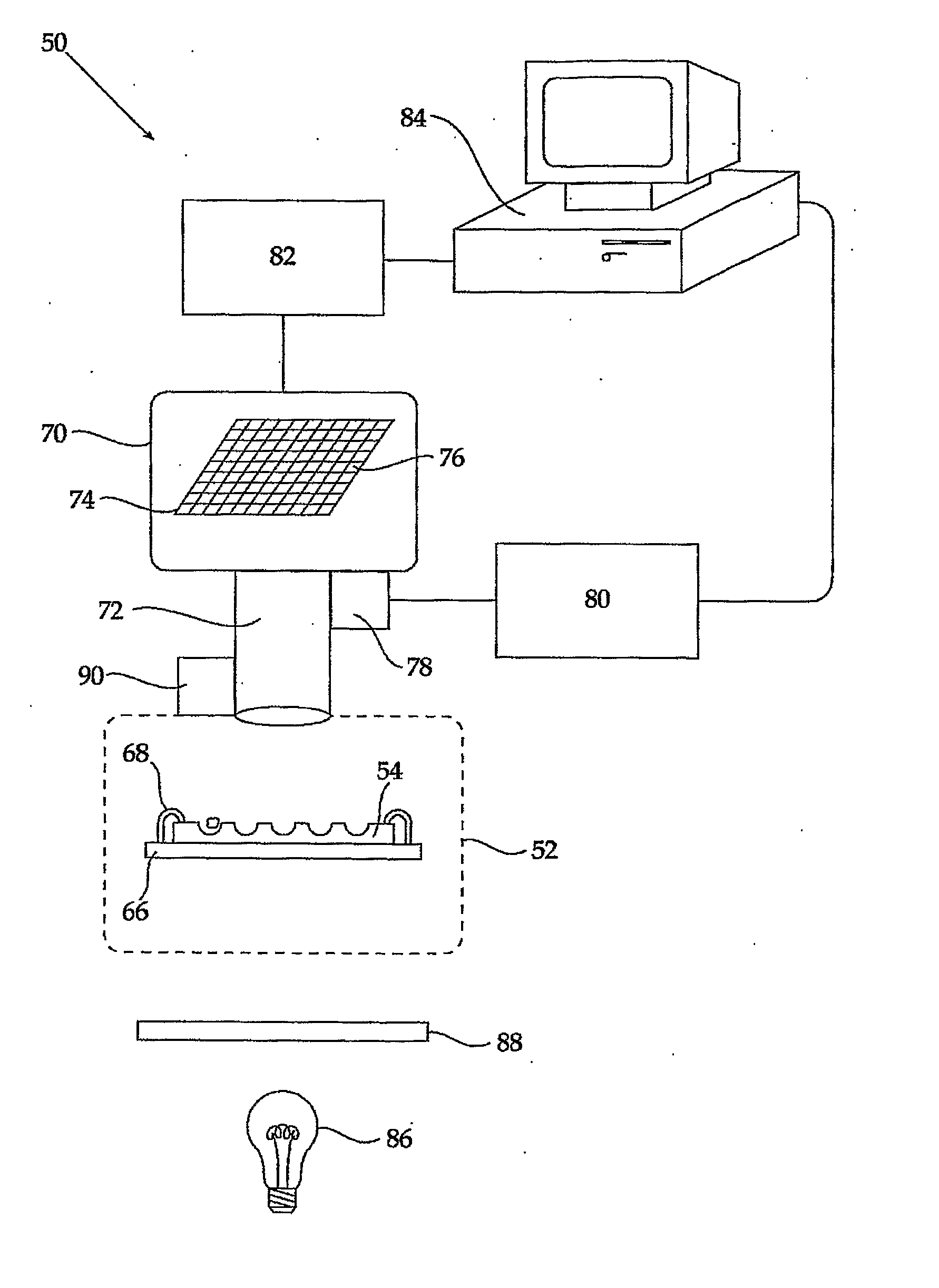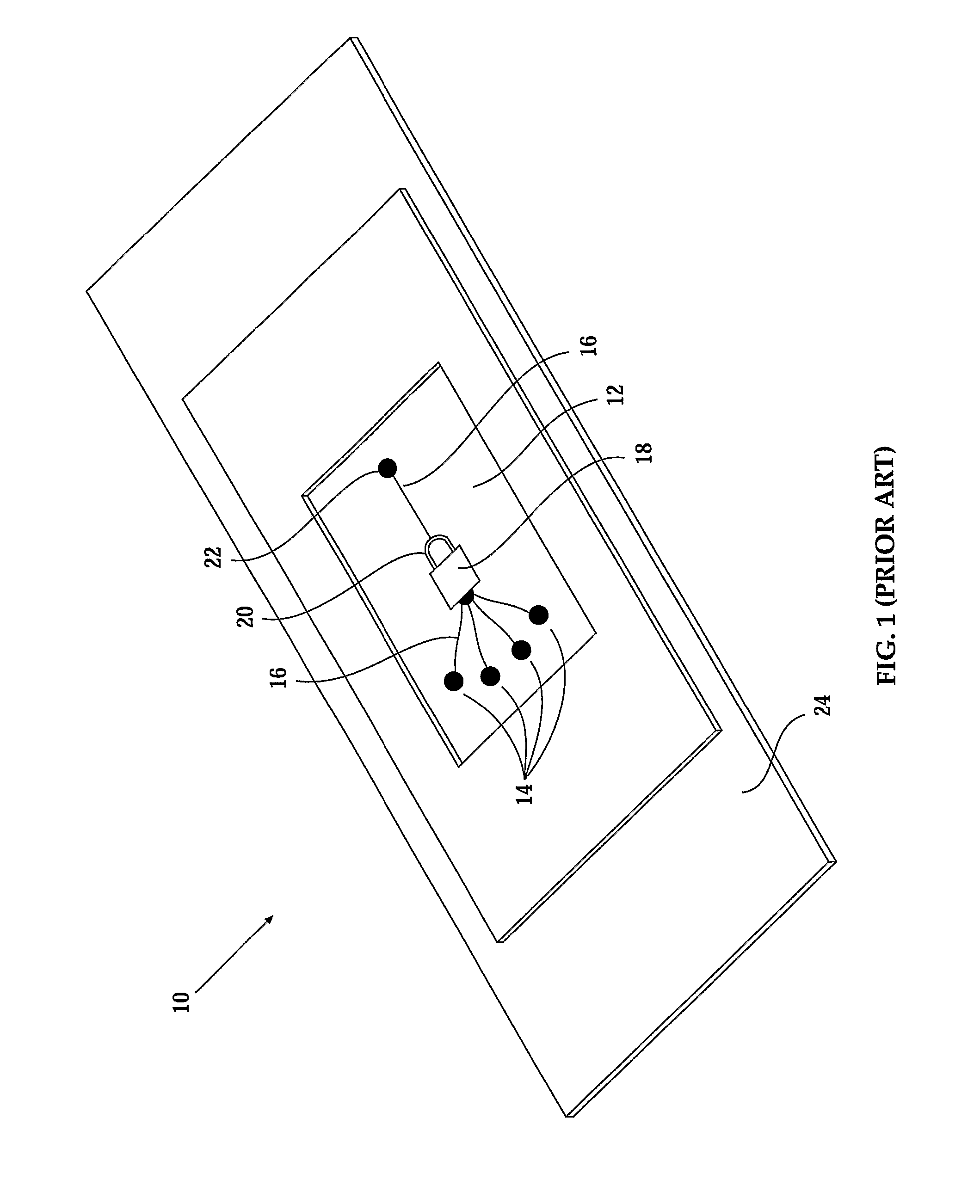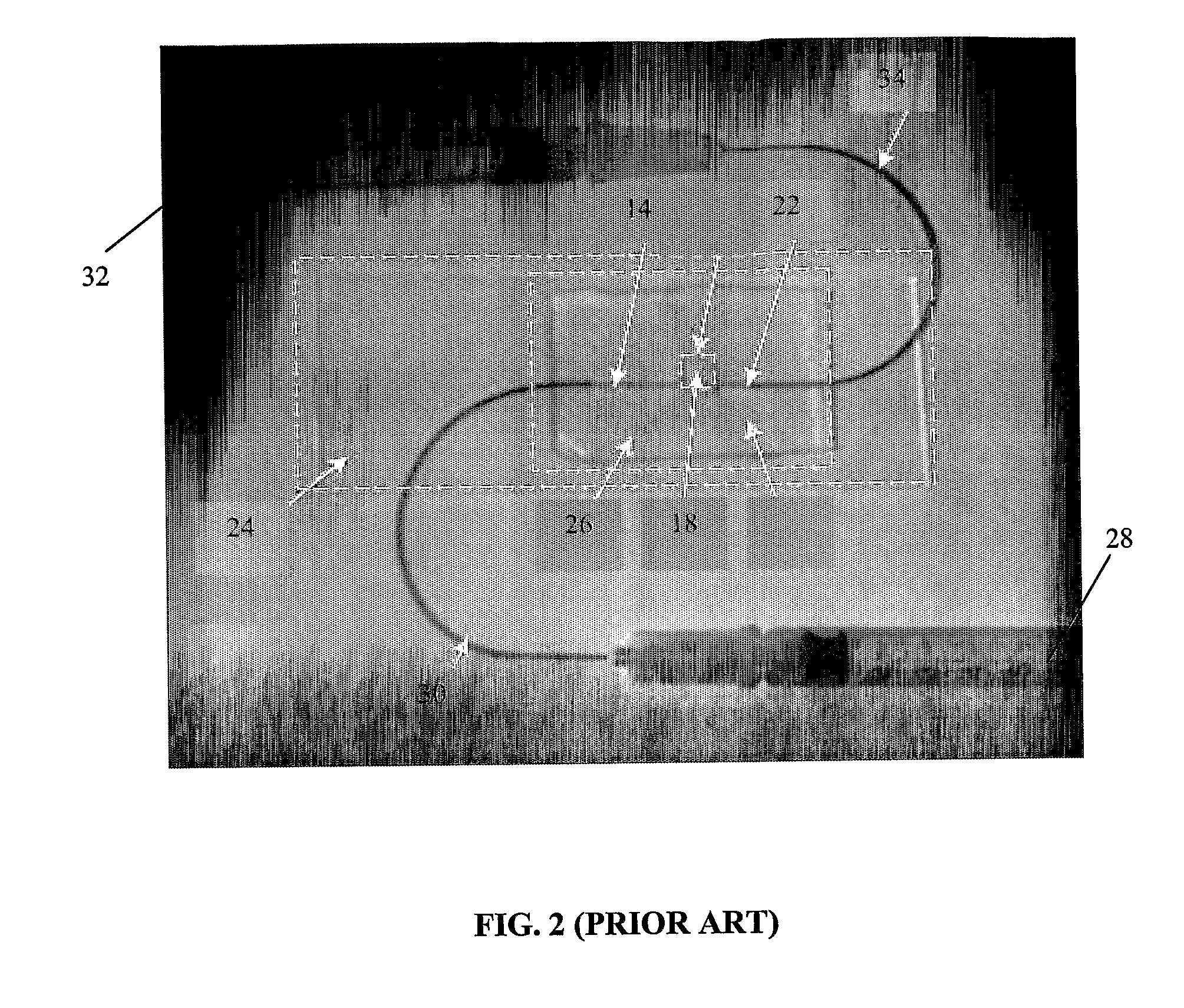Method and Device for Identifying an Image of a Well in an Image of a Well-Bearing
a well-bearing, well-bearing technology, applied in the field of cell biology, can solve the problems of difficult high-throughput imaging (for example morphological studies), inconvenient multi-well plate study of individual cells or even small groups of cells, and inability to find specific individual cells for observation, etc., to achieve quick, accurate and robust delineation
- Summary
- Abstract
- Description
- Claims
- Application Information
AI Technical Summary
Benefits of technology
Problems solved by technology
Method used
Image
Examples
Embodiment Construction
[0116] The present invention is of a method for identifying an image of a well in an image of a well-bearing component, for example in the field of biology during optical study of cells. The present invention is also of a device useful in implementing the method of the present invention.
[0117] The principles, uses and implementations of the teachings of the present invention may be better understood with reference to the accompanying description and figures. Upon perusal of the description and figures present herein, one skilled in the art is able to implement the teachings of the present invention without undue effort or experimentation. In the figures, like reference numerals refer to like parts throughout.
[0118] Before explaining at least one embodiment of the invention in detail, it is to be understood that the invention is not limited in its application to the details set forth herein. The invention can be implemented with other embodiments and can be practiced or carried out...
PUM
 Login to View More
Login to View More Abstract
Description
Claims
Application Information
 Login to View More
Login to View More - R&D
- Intellectual Property
- Life Sciences
- Materials
- Tech Scout
- Unparalleled Data Quality
- Higher Quality Content
- 60% Fewer Hallucinations
Browse by: Latest US Patents, China's latest patents, Technical Efficacy Thesaurus, Application Domain, Technology Topic, Popular Technical Reports.
© 2025 PatSnap. All rights reserved.Legal|Privacy policy|Modern Slavery Act Transparency Statement|Sitemap|About US| Contact US: help@patsnap.com



